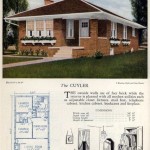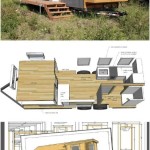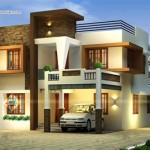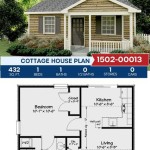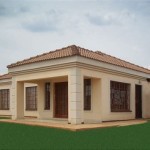Essential Aspects of Floor Plan Design
A well-designed floor plan is the cornerstone of a functional and beautiful home. It serves as a blueprint that outlines the layout and flow of the house, ensuring a comfortable and efficient living space. Here are some essential aspects to consider when designing the floor plan of your house:
1. Functionality and Flow
The floor plan should prioritize functionality and flow. Rooms should be arranged in a logical sequence that facilitates movement and daily activities. Avoid unnecessary hallways and dead-end spaces. Consider the proximity of rooms that are frequently used together, such as the kitchen and dining room.
2. Traffic Patterns
Identify the main traffic patterns within the house and design the floor plan accordingly. Ensure that high-traffic areas are spacious and well-connected, while private spaces are secluded and undisturbed. Avoid creating bottlenecks or narrow pathways that can impede movement.
3. Room Size and Proportion
Rooms should be sized and proportioned appropriately for their intended use. Consider the furniture layout and the number of occupants when determining the dimensions of each room. Create a balanced and harmonious flow by maintaining consistent proportions between rooms.
4. Natural Lighting
Maximize natural lighting throughout the house. Position windows and skylights to allow ample sunlight to enter the living spaces. Large windows not only brighten up the rooms but also provide a connection to the outdoors.
5. Privacy and Seclusion
Design the floor plan with privacy and seclusion in mind. Separate private areas, such as bedrooms and bathrooms, from public spaces like the living room and kitchen. Consider the placement of windows and doors to minimize visibility and noise from neighboring rooms.
6. Storage and Utility
Incorporate adequate storage solutions into the floor plan to keep clutter at bay. Built-in cabinets, closets, and pantries provide ample storage space without compromising the aesthetics of the rooms. Ensure that utility areas, such as the laundry room and garage, are conveniently accessible.
7. Flexibility and Adaptability
Consider the future and design a floor plan that allows for flexibility and adaptability. Open floor plans and modular rooms can be reconfigured to accommodate changing needs and lifestyles. Multi-purpose spaces can serve multiple functions, maximizing the utility of the house.
Creating a well-designed floor plan is a complex process that requires careful planning and attention to detail. By considering these essential aspects, you can create a functional, beautiful, and enduring home that meets your needs and enhances your daily life.

House Plans How To Design Your Home Plan

Floor Plans Types Symbols Examples

Pin On One Bedroom House Plans

House Floor Plans Your Best Guide To Home Layout Ideas

22 House Design With Floor Plans You Will Love Simple Two Story Model Plan Beautiful

House Floor Plans Your Best Guide To Home Layout Ideas

Affordable Home Design Efficient Floor Plans

Tips For Selecting The Right Floor Plan Your Home Sater Design Collection

Creating A Great Floor Plan Tips From Home Designer

House Plans How To Design Your Home Plan

